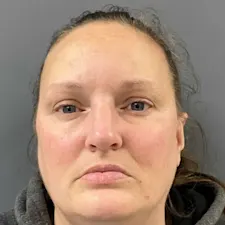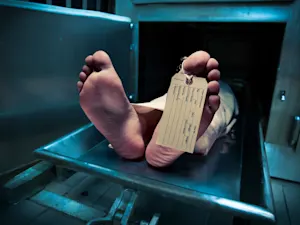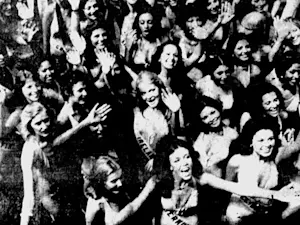
Patty Hearst's Journey From Heiress to Outlaw
On Feb. 4, 1974, 19-year-old college student Patty Hearst, an heiress of the William Randolph Hearst newspaper empire (Encyclopedia Britannica), was abducted from her Berkeley, California apartment by the Symbionese Liberation Army (SLA), a radical group seeking to wage guerrilla warfare against the U.S. government. This kidnapping captivated the nation and remains one of the most infamous cases in American history.
The SLA and Their Radical Agenda
The SLA, composed of men and women from various backgrounds, had already made headlines by shooting two Oakland school officials, killing one. They sought to use Hearst's abduction to further their revolutionary goals. Shortly after Patty Hearst's kidnapping, the SLA released audiotapes demanding millions of dollars in food and donations for her release while reportedly abusing and brainwashing her to support their cause. This tactic appeared effective, as evidenced by an April 3 tape in which Hearst declared her allegiance to their fight and adopted a new name. Just 12 days later, bank surveillance footage captured her participating in an SLA bank robbery, wielding an assault weapon, and commanding bystanders.
 Patty Hearst at the Hibernia bank, San Francisco, 15 April 1974.
Patty Hearst at the Hibernia bank, San Francisco, 15 April 1974.
Nationwide Manhunt and Capture
The FBI launched an extensive investigation to find Hearst and dismantle the SLA. Despite their efforts, Hearst and the SLA evaded capture for more than a year. They moved between safe houses and continued their criminal activities. It wasn't until Sept. 18, 1975, that the FBI apprehended Hearst in San Francisco. She was charged with bank robbery and other crimes, leading to a highly publicized trial where she was found guilty and sentenced to seven years in prison. President Carter commuted her sentence after 22 months, and she was later pardoned.
 Photo by John Malmin, Los Angeles Times.
Photo by John Malmin, Los Angeles Times.
Ongoing Debate
Was Hearst acting of her own volition, or was she a victim of the SLA's manipulative tactics? She claimed in court that she was abused and brainwashed, but those involved in the case have shared varying perspectives. Her kidnapper, Bill Harris, said Hearst's decision to remain with the SLA was influenced by her disillusionment with her family, particularly her father, and her romantic involvement with an SLA member, Willie Wolfe. Harris also said, according to Local News Matters, "There is no question that our decision to kidnap Patty Hearst created an opportunity for her to voice her own misgivings about the power structure continuing to dominate American life. While she was never a revolutionary, the devastating ruling class critiques she wrote about the Hearsts made sense then and still do today."
Where Are They Now?
Fifty years after her involvement in the infamous crimes, 70-year-old Patty Hearst lives between New York and Charleston, South Carolina, working as an actress, author, and philanthropist. The members of the SLA involved in the kidnapping have all been brought to justice, with the last members being arrested in 1999 and 2002.
 Photo by Rick Meyer, Los Angeles Times.
Photo by Rick Meyer, Los Angeles Times.
The kidnapping of Patty Hearst by the Symbionese Liberation Army remains one of the most perplexing and debated incidents in American history. Her transformation from a privileged heiress to a revolutionary figure continues to spark discussions about victimization, coercion, and personal agency.
References: Patty Hearst | Patty Hearst Kidnapping | 'The spontaneous act of a true comrade': Patty Hearst's SLA kidnapper Bill Harris on the day she may have saved his life | Patty Hearst American heiress























